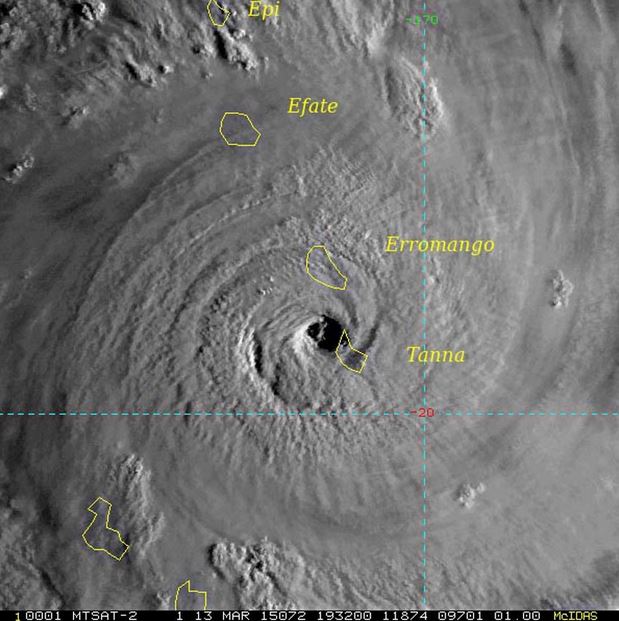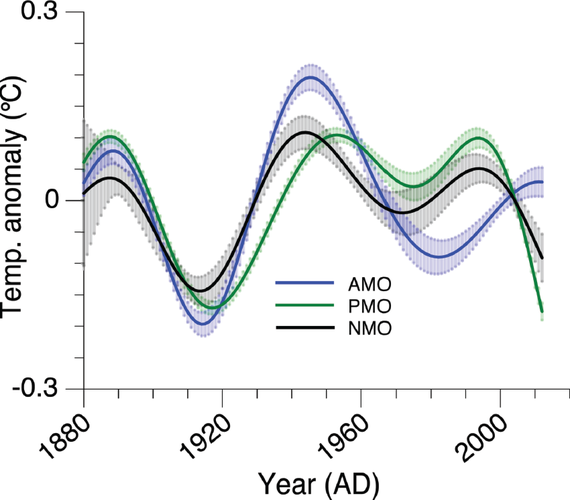Guest posting from Bill Ruddiman, University of Virginia
Recently I’ve read claims that some scientists are opposed to AGW but won’t speak out because they fear censure from a nearly monolithic community intent on imposing a mainstream view. Yet my last 10 years of personal experience refute this claim. This story began late in 2003 when I introduced a new idea (the ‘early anthropogenic hypothesis’) that went completely against a prevailing climatic paradigm of the time. I claimed that detectable human influences on Earth’s surface and its climate began thousands of years ago because of agriculture. Here I describe how this radically different idea was received by the mainstream scientific community.
Was my initial attempt to present this new idea suppressed? No. I submitted a paper to Climatic Change, then edited by Steve Schneider, a well-known climate scientist and AGW spokesman. From what I could tell, Steve was agnostic about my idea but published it because he found it an interesting challenge to the conventional wisdom. I also gave the Emiliani lecture at the 2003 December American Geophysical Union (AGU) conference to some 800 people. I feel certain that very few of those scientists came to my talk believing what my abstract claimed. They attended because they were interested in a really new idea from someone with a decent career reputation. The talk was covered by many prominent media sources, including the New York Times and The Economist. This experience told me that provocative new ideas draw interest because they are provocative and new, provided that they pass the key ‘sniff test’ by presenting evidence in support of their claims.
Did this radical new idea have difficulty receiving research funding? No. Proposals submitted to the highly competitive National Science Foundation (NSF) with John Kutzbach and Steve Vavrus have been fully funded since 2004 by 3-year grants. Even though the hypothesis of early anthropogenic effects on climate has been controversial (and still is for some), we crafted proposals that were carefully written, tightly reasoned, and focused on testing the new idea. As a result, we succeeded against negative funding odds of 4-1 or 5-1. One program manager told me he planned to put our grant on a short list of ‘transformational’ proposals/grants that NSF had requested. That didn’t mean he accepted our hypothesis. It meant that he felt that our hypothesis had the potential to transform that particular field of paleoclimatic research, if proven correct.
Were we able to get papers published? Yes. As any scientist will tell you, this process is rarely easy. Even reviewers who basically support what you have to say will rarely hand out ‘easy-pass’ reviews. They add their own perspective, and they often point out useful improvements. A few reviews of the 30-some papers we have published during the last 11 years have come back with extremely negative reviews, seemingly from scientists who seem deeply opposed to anything that even hints at large early anthropogenic effects. While these uber-critical reviews are discouraging, I have learned to put them aside for a few days, give my spirits time to rebound, and then address the criticisms that are fair (that is, evidence-based), explain to the journal editor why other criticisms are unfair, and submit a revised (and inevitably improved) paper. Eventually, our views have always gotten published, although sometimes only after considerable effort.
The decade-long argument over large early anthropogenic effects continues, although recent syntheses of archeological and paleoecological data have been increasingly supportive. In any case, I continue to trust the scientific process to sort this debate out. I suggest that my experience is a good index of the way the system actually operates when new and controversial ideas emerge. I see no evidence that the system is muffling good new ideas.
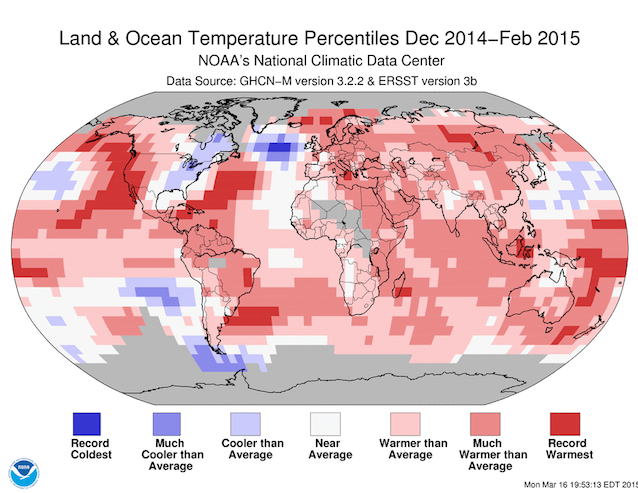
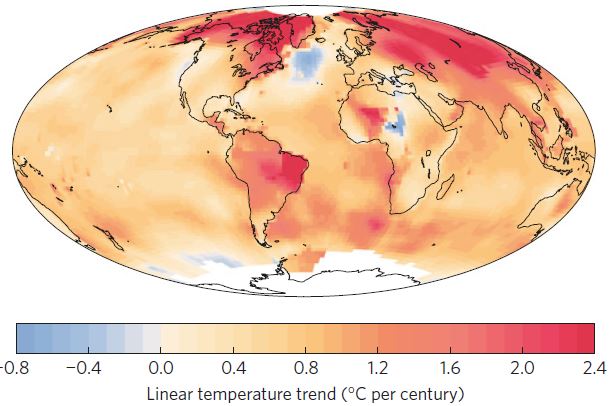
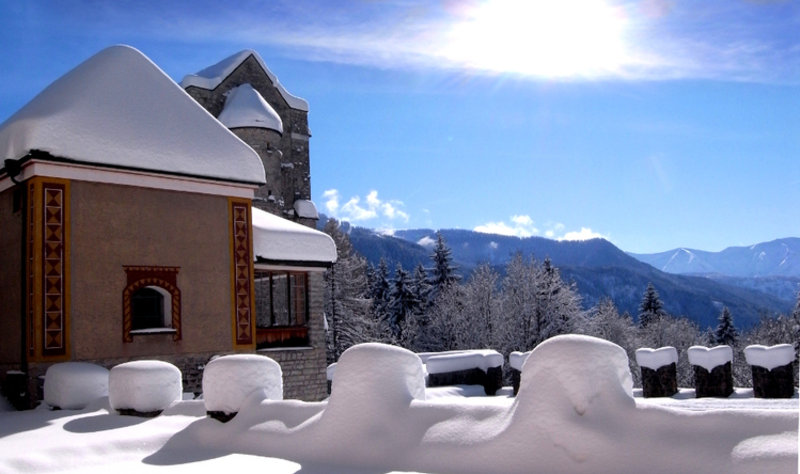 Some of you will be aware that there is a
Some of you will be aware that there is a 